By SYDNEY J. FREEDBERG JR.
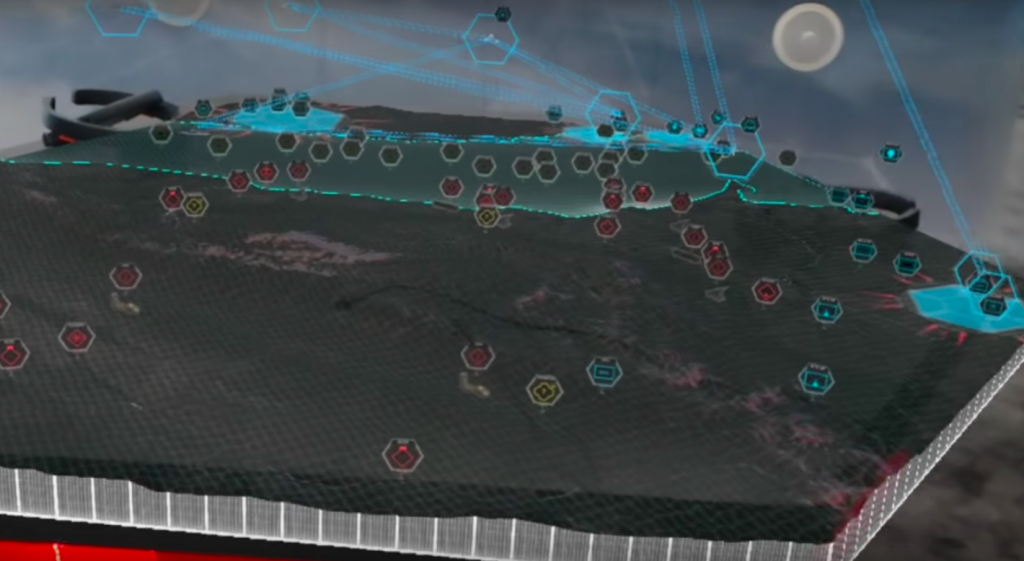 DETROIT: The Artificial Intelligence the military needs most is not some kind of killer robot, the Army’s three-star senior futurist told me today. The Army really needs AI to make sense of lots of data, fast, so commanders and quartermasters can send the right forces with the right supplies to the right place on the “hyperactive battlefield of the future.”
DETROIT: The Artificial Intelligence the military needs most is not some kind of killer robot, the Army’s three-star senior futurist told me today. The Army really needs AI to make sense of lots of data, fast, so commanders and quartermasters can send the right forces with the right supplies to the right place on the “hyperactive battlefield of the future.”
Lt. Gen. Eric Wesley talks to a fellow soldier at the AUSA conference on artificial intelligence.
“We get enamored with robots,” Lt. Gen. Eric Wesley told me on the sidelines of the AUSA AI conference here. “A lot of people are attracted to the implications for … robotic warfare. I’m less interested in that.”
Instead, at Wesley’s Army Capabilities Integration Center — about to be reorganized into the Futures & Concepts division of the new Army Futures Command — “we’re talking about synthesizing data, terabytes of data, that includes everything from weather, to social media, to intelligence reports of the enemy’s positions,” Wesley said, “all of which has to be synthesized across all domains”: land, sea, air, space, and cyberspace.
But that’s too big a job on too tight a timeline for a bunch of staff officers with grease pencils, Wesley said. Even the current computerized command-and-control systems are overwhelmed by the data from drones, satellites, electronic eavesdropping on radios and cellphones, and everything else.
“All of the ubiquitous data that’s available to us will only be sufficiently integrated by artificial intelligence,” Wesley told me. “The short answer(:) We will need AI, artificial intelligence, to do multi-domain command and control (MDC2).”
The Army, The Air Force, & Artificial Intelligence
Let’s unpack that. To start with, in his conversation with me, Wesley, an Armygeneral, repeatedly used an Air Force term: Multi-Domain Command and Control. That’s because the two services have come together on a new concept called Multi-Domain Operations, intended to combine land, sea, air, space, and cyberspace forces into a single synergistic symphony of violence.
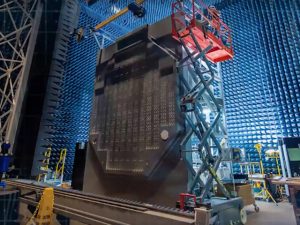 But while the Army focused at first on the implications for combat forces, initially talking about Multi-Domain Battle, the Air Force emphasized from the start that commanding those disparate forces was the crucial challenge.
But while the Army focused at first on the implications for combat forces, initially talking about Multi-Domain Battle, the Air Force emphasized from the start that commanding those disparate forces was the crucial challenge.
Tomorrow’s radars will be faster, smarter, connected and capable of performing multiple missions simultaneously. Learn how our engineers and facilities are making it possible.
Chinese weapons ranges (CSBA graphic)
What’s this all about? Multi-Domain Battle began as a conscious effort to reprise the Army and Air Force’s previous hit collaboration from the 1980s, AirLand Battle. That approach, while powerful, is fairly linear and predictable. First, cargo planes and ships deploy massive forces and supplies to a safe staging base. Second, Air Force, Navy, and Marine Corps aircraft precision-strike the enemy into paralysis. Finally, Army and Marine ground forces punch through the enemy’s front line while airpower pounds his rear area command and logistical support.
But if the enemy can keep our airpower out with advanced anti-aircraft systems, or disrupt our convoys and infrastructure to stop us deploying in the first place, the ground force juggernaut will never get to grips. That’s the concept often called Anti-Access/Area Denial (A2/AD) — or, as Wesley put it to the conference: “It’s multiple layers of stand-off (i.e. long-range weapons) in order to keep at bay the problem they fear the most, which is close combat with the United States.”
AirLand Battle steamrollered the conventional (Soviet-armed) military of Saddam Hussein’s Iraq twice in 12 years. It fared less well against guerrillas and terrorists, a much more elusive target. And US war planners fear it would fall apart completely against a high-tech major power like Russia or China, which have spent a generation building militaries specifically designed to hit our weak points, hard and fast.
Approximate ranges in miles between the Russian enclave in Kaliningrad and select NATO capitals. SOURCE: Google Maps
“When you consider the hyperactive battlefield of the future” — where swarms of scout drones constantly hunt targets for lethal long-range weapons, where communications are under constant assault from hacking and jamming, where nowhere is safe and nothing stays the same — “you will miss opportunities to get to positions of advantage if you don’t synthesize the data very quickly,” Wesley said. “The ability to decide — (to) synthesize the volume of information that will be available to us (to) make decisions — is the biggest problem we have.”
Today, it is possible to pull together sophisticated operations that combine the regular Army, Special Operations, the Air Force, and hackers from Fort Mead-based Cyber Command. But it can take weeks to plan and organize a brief multi-domain op against a relatively low-tech, low-power adversary like the Islamic State.
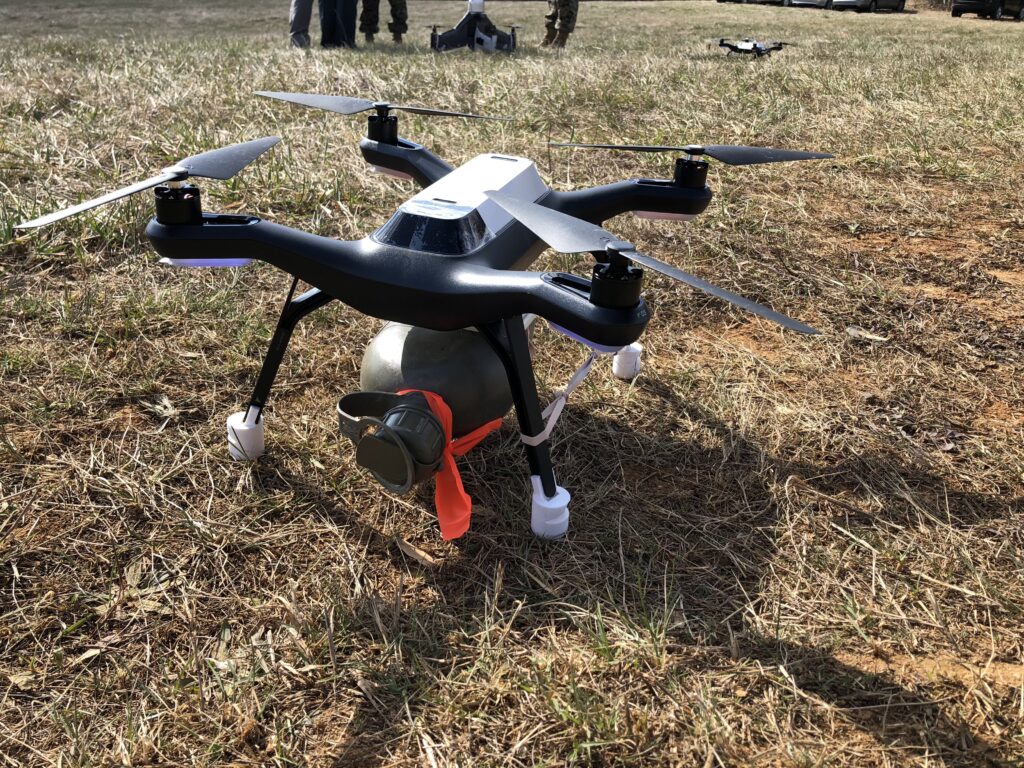 Russia and China won’t give us that kind of time. US operations against them would have to be not only much faster, but also much bigger and be sustained over a much longer period of relentless combat. That will require new training, new organizations, and a new mindset. But the Army believes even the best human commanders can’t keep up the pace without AI to help.
Russia and China won’t give us that kind of time. US operations against them would have to be not only much faster, but also much bigger and be sustained over a much longer period of relentless combat. That will require new training, new organizations, and a new mindset. But the Army believes even the best human commanders can’t keep up the pace without AI to help.
A quadcopter set up to deliver a single canteen as a Marine Corps test of robotic, retail logistics.
Professionals Talk Logistics
One of the most crucial functions for AI on the future battlefield is the seemingly mundane one of supply. In fact, one of the themes that emerged at this conference, Lt. Gen. Wesley and I agreed, has been how the low-hanging fruit for AI and robotics is improving supply, maintenance and other support functions, which aren’t as demanding as the chaos of frontline combat (we’ll explore this more in a follow-on article). That matters a lot for multi-domain operations, because one of its hardest aspects is getting ammunition, fuel, food, and water to all the far-flung, fast-moving forces.
Traditionally, the US has been the master of mass logistics: big convoys, big depots, big stockpiles — but all of those are big targets for an enemy with his own long-range smart weapons. The Pentagon’s proposed solution is “distributed operations”: To avoid being spotted by drones and slaughtered by precision firepower, ground units are going to have to spread out, take cover, and keep moving, even if that means letting go of secure flanks and supply lines.
“On the future battlefield, if you stay in one place longer than two or three hours, you will be dead,” Army Chief of Staff Gen. Mark Milley declared at the start of the current revolution, two years ago. “Being surrounded will become the norm.”
But how do you supply all those scattered units? A wholesale, bulk-order logistics system can’t keep up. A distributed force requires decentralized logistics, with small convoys or even single unmanned vehicles delivering directly to small units wherever they are.
“One of the things that multi-domain operations is going to drive is the requirement for independent maneuver,” Wesley told me. “That means you may find yourself in a position where you don’t have sufficient MSRs (Main Supply Routes) and LOCs (Lines Of Communication) that are secure.”
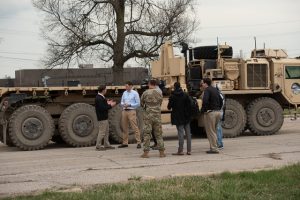 That’s “a perfect opportunity to have unmanned convoys or pods that are delivered in an automated manner,” Wesley said. The Marines have actually experimented with quadcopter drones delivering individual canteens of water and clips of ammo — a militarized version of Amazon’s Prime Air.
That’s “a perfect opportunity to have unmanned convoys or pods that are delivered in an automated manner,” Wesley said. The Marines have actually experimented with quadcopter drones delivering individual canteens of water and clips of ammo — a militarized version of Amazon’s Prime Air.
Army Secretary Mark Esper (left) getting briefed on the self-driving “leader-follower” autonomous vehicle (in background).
A supply system with so many moving parts is too complex for a conventional logistics organization to manage — but, unlike the Army, leading companies have long since moved beyond such centralized systems. No, just-in-time delivery doesn’t work for combat units: Running out of ammunition is a lot worse than, say, running out of toilet paper. But the military can still learn a lot from the sophisticated software that Amazon, UPS and other companies use to track large numbers of small orders, each customized to a different customer’s immediate need.
“The millstone that armies have dealt with centuries is securing their lines of communication at distance,” Wesley said. “If that goes away or is mitigated with robotic delivery, that’s a pretty significant opportunity”: You can untether units from traditional supply lines and give them unprecedented freedom to outmaneuver the enemy.
This isn’t about adopting AI and commercial practices — suitably modified for the military — for the sake of mere efficiency, the general made clear: It’s about new ways of winning wars.
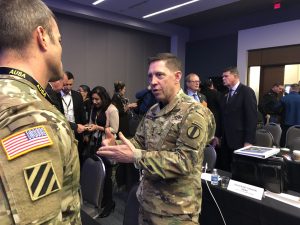
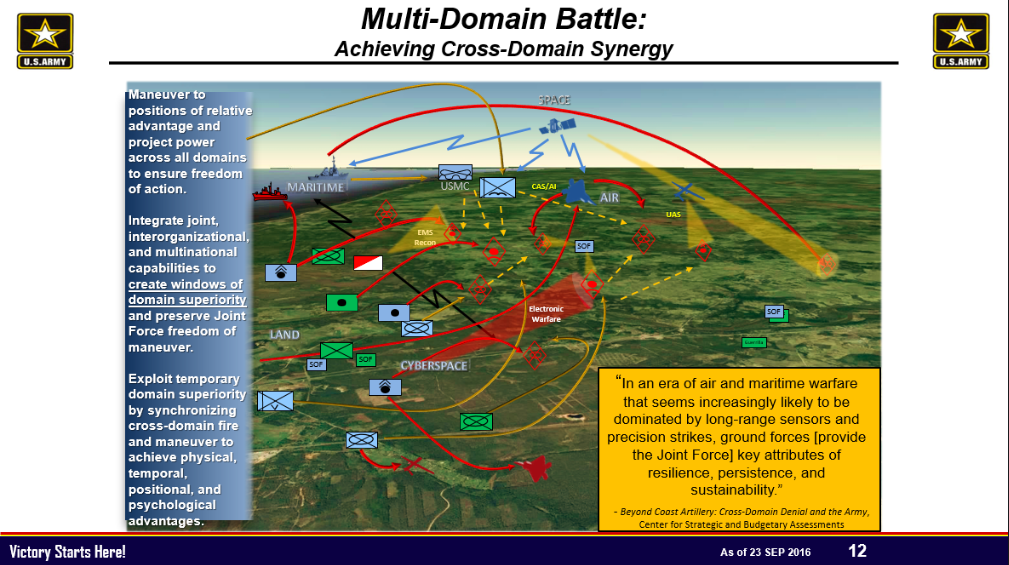

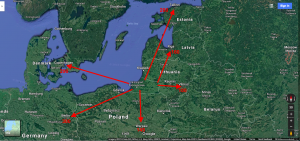
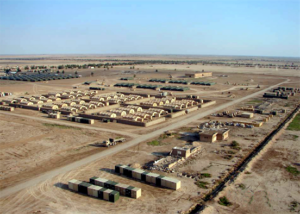
No comments:
Post a Comment